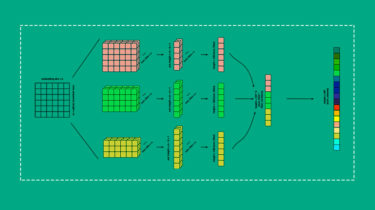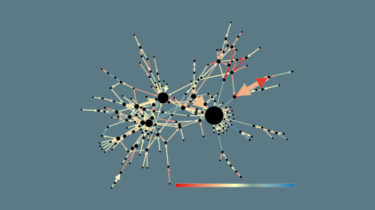slimIPL: Language-Model-Free Iterative Pseudo-Labeling
Abstract Recent results in end-to-end automatic speech recognition have demonstrated the efficacy of pseudo-labeling for semi-supervised models trained both with Connectionist Temporal Classification (CTC) and Sequence-to-Sequence (seq2seq) losses. Iterative Pseudo-Labeling (IPL), which continuously trains a single model using pseudo-labels iteratively re-generated as the model learns, has been shown to further improve performance in ASR. We improve upon the IPL algorithm: as the model learns, we propose to iteratively re-generate transcriptions with hard labels (the most probable tokens), that is, without […]
Read more

